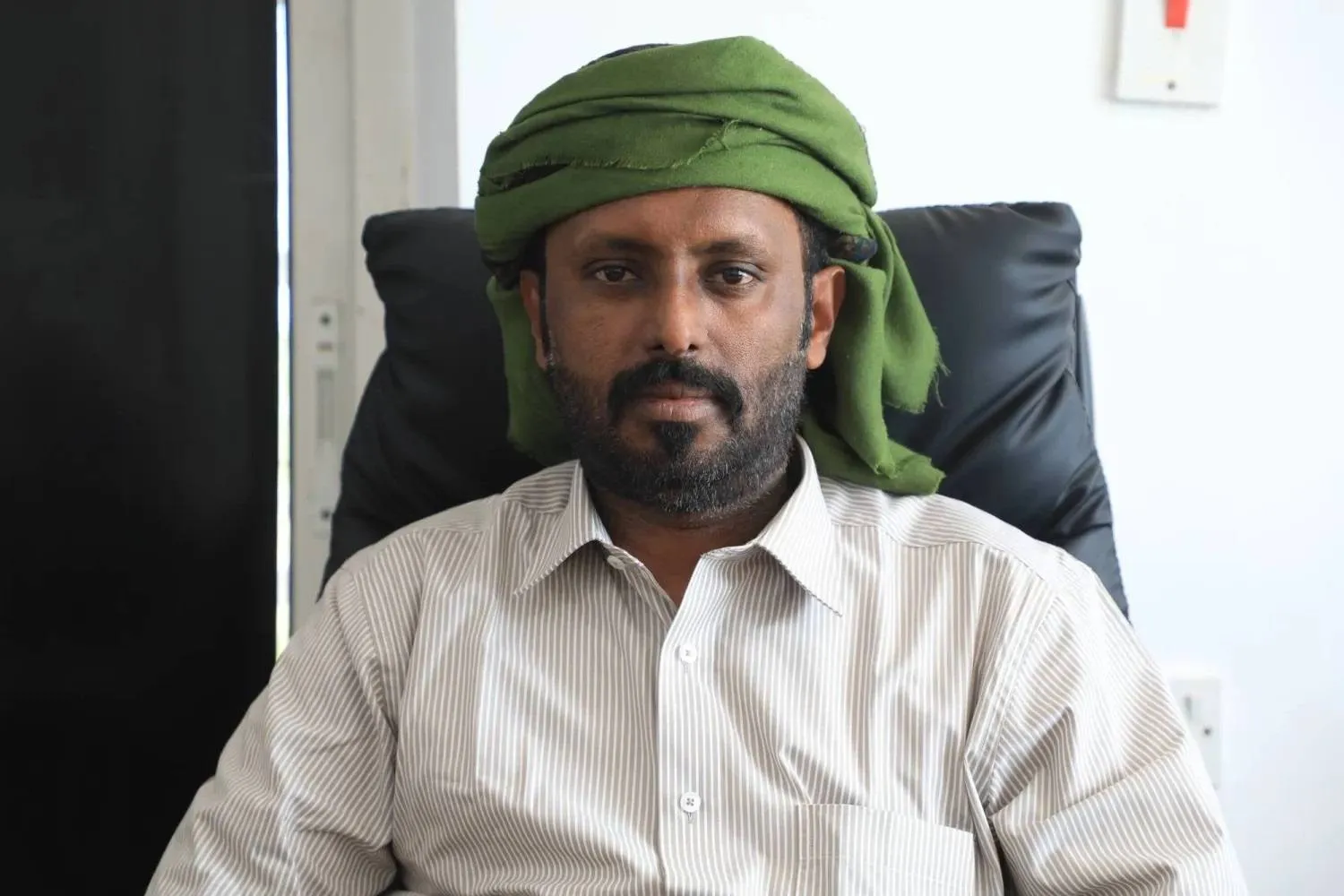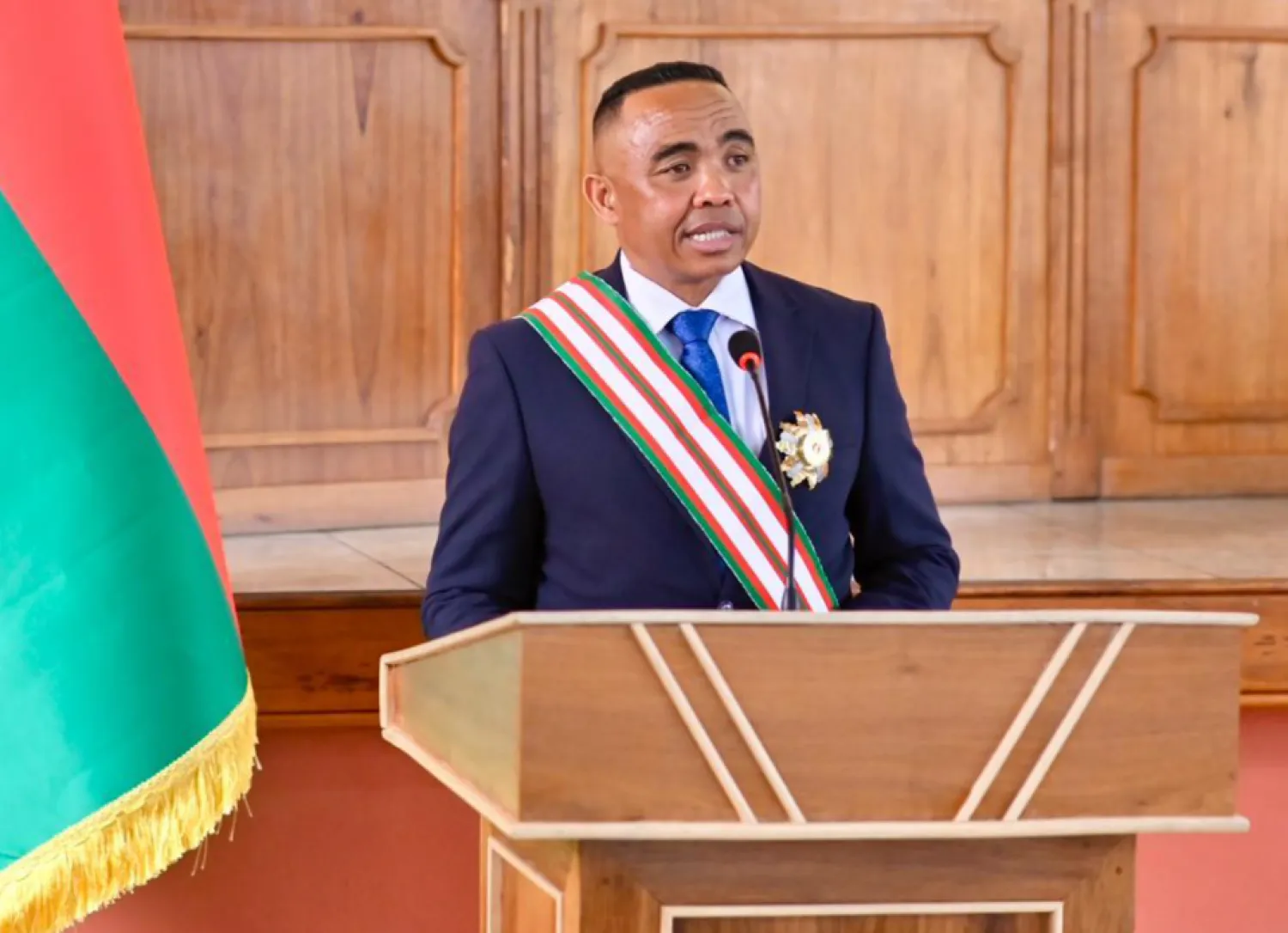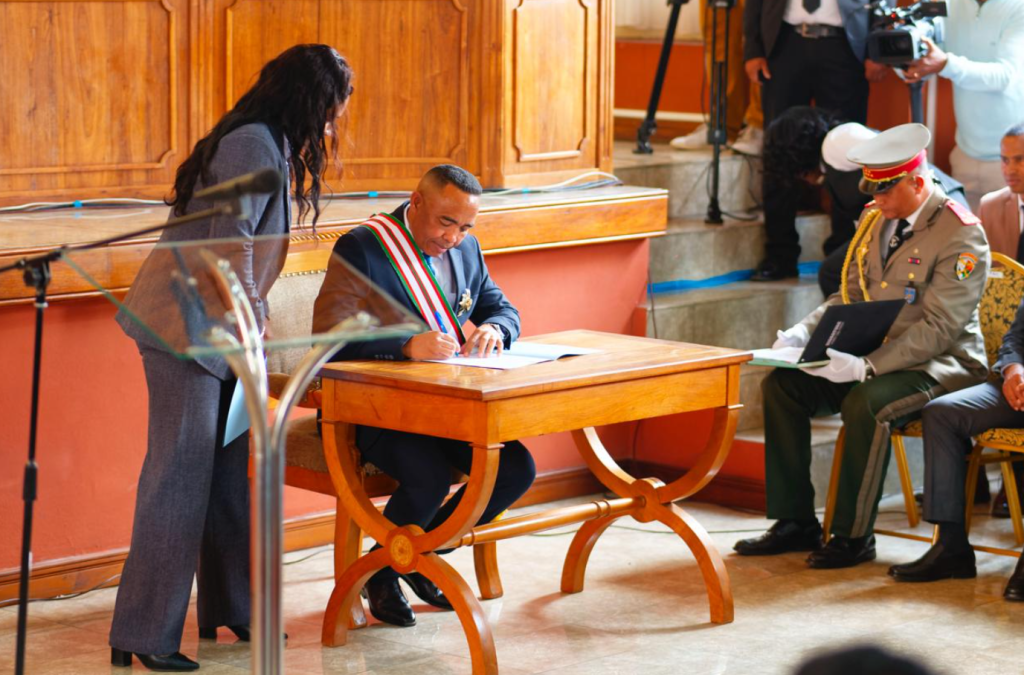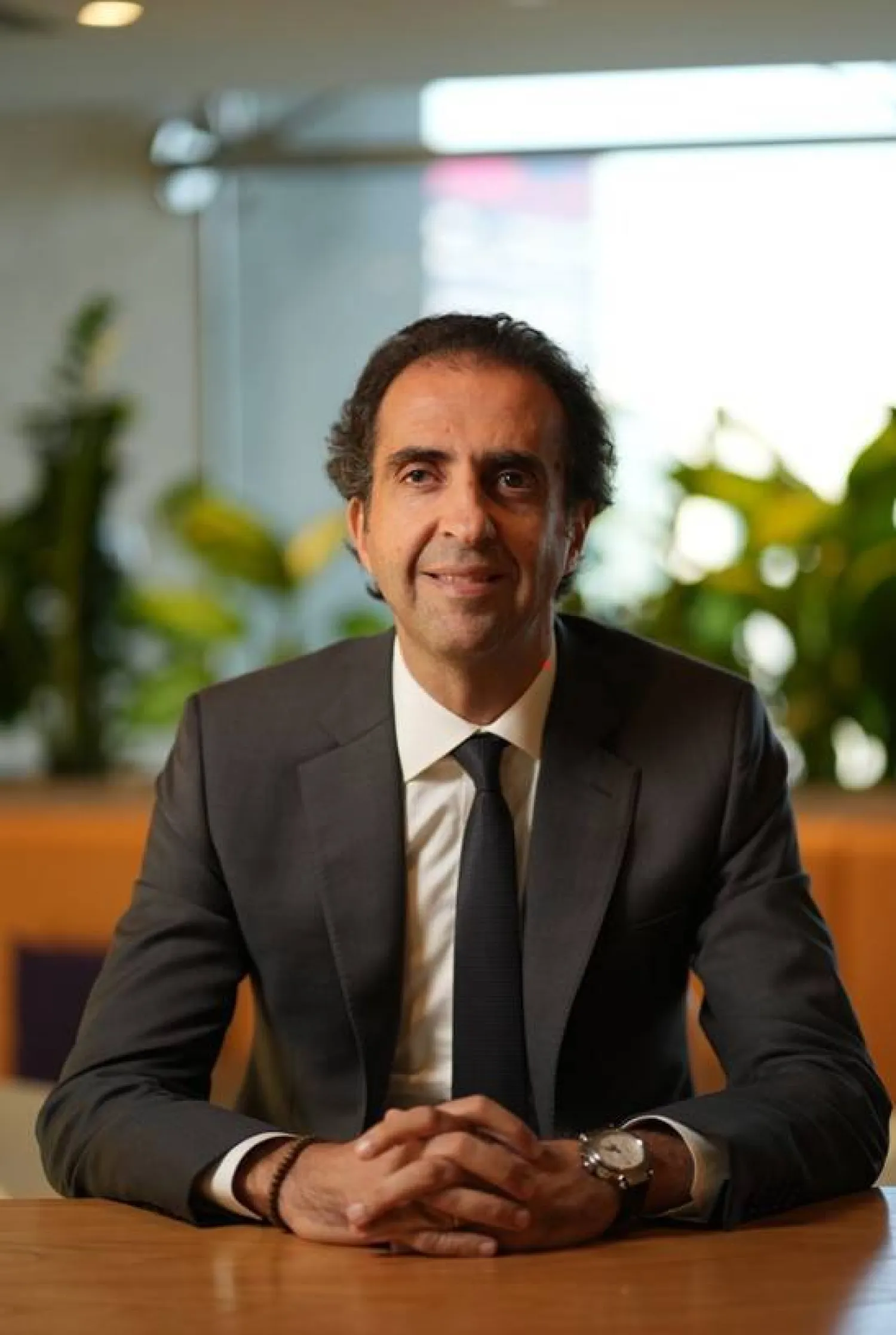Oman’s Economy Minister Said bin Mohammed al Saqri said the economic cooperation between Saudi Arabia and the Sultanate of Oman has increased since the establishment of the Saudi-Omani Coordination Council in July.
“The council aims to develop a common vision for deepening and sustaining relations between the two countries, in addition to raising the level of cooperation in political, economic, security, military, and human development fields,” al Saqri told Asharq Al-Awsat in an exclusive interview.
The minister emphasized that the Council is also tasked with developing a framework for joint agreements and projects between Oman and Saudi Arabia as well as providing facilities to investors.
Besides promoting investment, the Council follows up on the “implementation and facilitation of initiatives and projects between the Kingdom and the Sultanate.”
Al Saqri noted that the top three sectors in which Saudi investment is concentrated in the Sultanate are trade, construction, and services.
The upturn in economic cooperation stems from the common factors shared between the national visions launched by the Kingdom and the Sultanate.
Each of the Oman Vision 2040 and Kingdom’s Vision 2030 seek to diversify the economy, reduce dependence on oil and create conditions for the private sector and investors to have a more significant role in providing job opportunities, as well as seeking to attract foreign direct investment among others.
“We believe that there is a need for fruitful work from both sides in a way that contributes to enhancing integration and partnership between the two visions in all fields, especially cooperation in economic diversification projects,” al Saqri told Asharq Al-Awsat.
The minister emphasized that the two visions include substantial investment opportunities, especially in the fields of knowledge, innovation, and technology.
“The volume of trade exchange between the Sultanate and the Kingdom increased by the end of 2020 to $2.5 billion, compared to about $1.4 billion in 2010, while the number of Saudi companies in the Sultanate increased to 1,235 in 2021, compared to 467 companies in 2010,” revealed al Saqri.
He called for improving the maritime link between Saudi Arabia and Oman by transferring oil and gas exports in the region to the Arabian Sea through the Sultanate without passing through the Strait of Hormuz.
He stressed that it has become a strategic goal to extend the existing network in case obstacles arise in the Strait of Hormuz.
“The Strait of Hormuz is the main route for oil and gas exports in the region, and there is no doubt that the existence of a vital port for the transfer of oil and gas pipelines to the Arabian Sea through the Sultanate of Oman has become of paramount strategic importance,” al Saqri told Asharq Al-Awsat.
The minister stressed that setting up an oil pipeline across the Sultanate to the Arabian Sea is a project that dates back to the 1970s.
More so, he affirmed that Riyadh and Muscat are seeking to accelerate and improve the volume of trade and investment exchange between them through joint strategic projects and enhanced investment opportunities across various sectors.
The minister also talked about incentives, like tax breaks, offered by Oman to attract industrial sector investments.
“The Saudi investor will receive the same treatment as the Omani investor, and vice versa,” said al Saqri, highlighting that Saudi Arabia is a prominent trading partner of the Sultanate.
“Oman provides an integrated economic environment that is ready to establish strategic projects in multiple industrial and free zones designated for this,” he noted.
“The Sultanate gives investors in these areas special advantages and attractive exemptions from taxes and fees,” he continued.
Al Saqri listed types of tax breaks offered by Oman, such as a five-year income tax exemption for industrial projects.
When asked about the decision to open a new road linking the Sultanate to the Kingdom, he replied: “It will reduce the travel time between two countries by 800km.”
“The direct road link between the Sultanate and the Kingdom will contribute to facilitating trade exchange and transporting goods in a shorter time and at a lower cost, which will open the way for Saudi goods to enter the Sultanate and also access the Omani ports for exports to the rest of the world,” he added.
“It will also facilitate the passage of pilgrims and tourists between the two countries, besides linking the city of Duqm in Oman with NEOM in Saudi Arabia,” he added.
“The new land route will help Omani goods access the Saudi ports located in the Red Sea for exports to the rest of the world,” affirmed al Saqri.
“The Sultanate launched the construction of the Industrial City project in the Wilayat of Ibri in Al Dhahirah Governorate in 2020, with a total area of 10 million square meters. It is an important project located on the road leading to the crossing between the Sultanate and the Kingdom,” he noted.
As for the investment opportunities offered by Oman, he asserted that it provides many options that cover several fields and that are available for Saudi investors.
“Concerning investment opportunities in the Sultanate of Oman, there are many of them in all fields, the most important of which are the fields of energy, food industries, building materials, mining, electronics, information technology, and agriculture, in addition to the pharmaceutical industries that we seek to localize in some of our industrial areas, and all of these projects - undoubtedly - are available to the Saudi investor,” said the minister.
Moreover, al Saqri pointed to memorandums of understanding regarding food security cooperation between Oman and Saudi Arabia.
“Fisheries Development Oman (FDO) has signed a Memorandum of Understanding (MoU) with the National Aquaculture Group (Naqua) of Saudi Arabia centering on cooperation in the development of the former’s shrimp farming project at Al Jazer on the Sultanate’s Al Wusta coast,” reminded the minister.
Total investment in the venture, covering an area of 1,650 hectares, is estimated at $137 million across multiple phases. At full capacity, shrimp production is projected at 18,000 tons per annum.
Al Saqri said noted that “sectors that will receive priority investment are the promising sectors and activities that achieve integration between the two countries.”
Investments will focus on sectors characterized by high feasibility and speed of implementation, in addition to projects that can achieve quick gains for both countries.
The sectors whose projects were reviewed between the two sides include energy, petrochemicals, maritime transport, mining, shipping and transport services, agricultural industry, and fish farming, in addition to the postal services sector.
“These sectors are expected to contribute to the growth of Saudi investments in the Sultanate during the next period,” said al Saqri.










